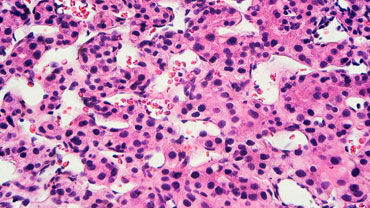Options for national testing and surveillance for hepatitis E virus in the EU/EEA - Operational guidance
This operational guidance, developed by ECDC in collaboration with its hepatitis E virus (HEV) expert group, offers options on the implementation or adjustment of HEV surveillance at a national level.
Executive Summary
This operational guidance, developed by ECDC in collaboration with its hepatitis E virus (HEV) expert group, offers options on the implementation or adjustment of HEV surveillance at a national level. It covers criteria from the European Association for the Study of the Liver (EASL) for clinical testing, case definitions for acute and chronic hepatitis E virus (HEV) infections, and reporting schemes from countries that have stable and long-standing surveillance systems for HEV.
The HEV expert group agreed that one of the primary objectives of national HEV surveillance should be to describe the epidemiology of the infection based on the incidence of acute cases. Taking into consideration the complexity, cost and epidemiological benefits, the minimal requirements for national HEV surveillance were assessed to be annual laboratory reporting of confirmed cases with a basic epidemiological data set (i.e. date of diagnosis, age, sex and place of residence).
The group also noted that the development and implementation of clinical recommendations and guidelines for testing should involve and inform national or local public health authorities. As most human cases are likely related to the consumption of contaminated food, it is considered important to also provide evidence of the number of (clinical) cases related to viruses from animal (particularly pig) populations in order to support control efforts in farming and food processing and ultimately reduce the risk of infection.
Hepatitis E virus is one of the leading causes of acute viral hepatitis worldwide. HEV infection is an endemic zoonosis in EU/EEA countries, however it is not included in the list of infectious diseases to be reported at EU level. Populations under surveillance, case definitions and reporting systems are decided by each country individually. This guidance aims at providing assistance to Member States and harmonise practices across the EU/EEA. Harmonised criteria for testing and reporting of human cases due to HEV infection should generate comparable data which will in turn improve knowledge on the epidemiology of HEV infections in the EU/EEA, provide evidence for risk assessment and the implementation of public health measures and inform animal health and food safety authorities, reducing the risk of transmission to humans. Ultimately, the guidance will help countries in fulfilling WHO’s hepatitis elimination targets.
Download








